Cell phones – the umbilical cords of globalization.
The world has become much smaller as it has become more communicative. From Peru to Pakistan, and everywhere in between, the smartphone is one of the most vital tools in any canny traveller’s kit.
But what’s the best way for a traveller to stay in touch while abroad, without having to pay a hefty markup? Today, let’s tackle the best solutions for roaming on the market.
In This Post
- Buy a Local SIM Card
- Wi-Fi Hotspots
- Boingo Hotspots
- Use Your Mobile Provider’s Roaming Plan
- Google Fi
- e-Sim Services: Mix and Match
- Conclusion
Buy a Local SIM Card
For my money, the most effective solution to using your cellphone while abroad is to buy a SIM card when you’ve landed at your destination.
Local plans are reflective of local prices, and as Canadians are some of the most overcharged people when it comes to cell phone fees, particularly for mobile data, you’re pretty much guaranteed to find a better deal on the ground of wherever you’re going to.
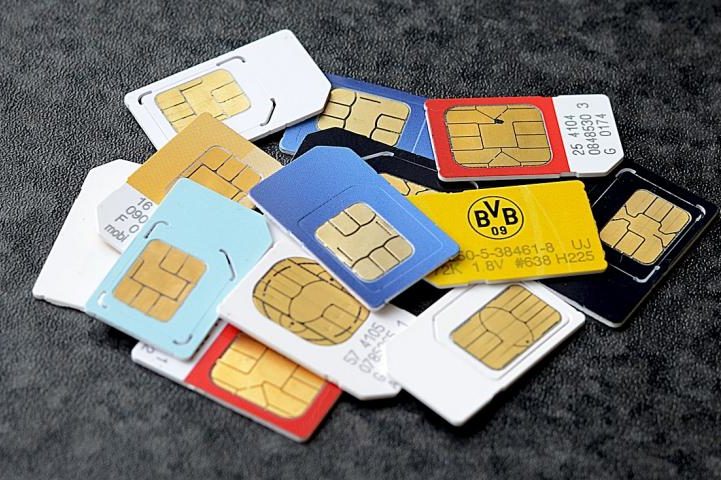
Of course, this doesn’t mean that you should buy a SIM card the second you land. Pretty much every airport on the planet now has mobile kiosks with English-speaking sales staff trying to foist their “competitive” phone plans upon unsuspecting foreigners.
Avoid such individuals, and find a seller in town instead. Speak with your hotel concierge, or alternatively, your Airbnb host, who can be ideal fonts of information when it comes to finding reliable local SIMs.
Another advantage of purchasing local SIM cards is that in many countries, Voice-over-Internet Protocol (VoIP) services, such as WhatsApp or Telegram, are the dominant form of communication. Locals, including businesses like restaurants, often won’t respond to traditional calls or text messages.
In such situations, it can be ideal to get a local SIM card, because mobile data will be offered at a far more competitive rate than whatever your service provider is charging you whilst roaming. If you do wind up purchasing a local SIM, you’ll want to make sure to set your VoIP app to use your new, local phone number.
Note that when travelling abroad, there’s always a slight chance that your model of phone may not work with local SIM cards or technologies. Therefore, always do your research before travelling to ensure you possess a compatible phone.
Wi-Fi Hotspots
In some cases, you could also entirely forego purchasing a SIM card, and simply rely on Wi-Fi hotspots instead. This option is best in locales that rely heavily on VoIP services, as then you won’t be too disadvantaged by missing old-school texts or calls.
This sort of thing is in fact quite common, if not the norm, for citizens of countries where Wi-Fi is free, but cell service is comparatively expensive, such as Cuba.
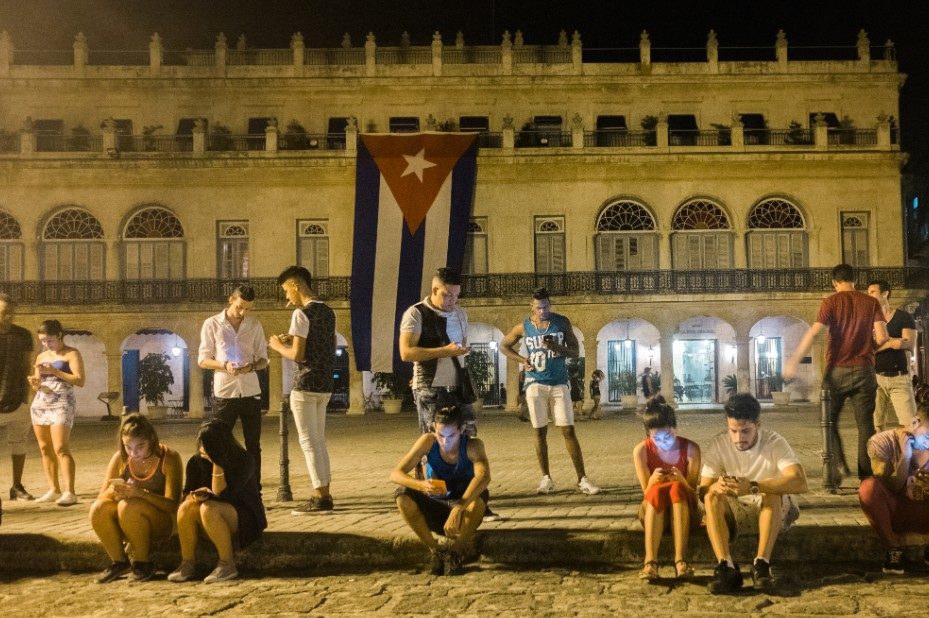
By turning off your roaming and also keeping your device on airplane mode, albeit with Wi-Fi enabled, you’d be able to just use any publicly available Wi-Fi with the default SIM card in your phone.
Then, you’d be able to connect to whatever VoIP service is preferred at your destination for all your communication needs.
It’s important to note that this method is best utilized when combined with a service such as a Virtual Protocol Network (VPN), because it can help encrypt your data against potential security threats. Always be cautious when browsing sensitive personal data on an open network – even at home!
Boingo Hotspots
In reality, many Wi-Fi hotspots aren’t completely free. For example, at the airports in Panama City, Los Angeles, and Zurich, you only get an hour or so of free Wi-Fi, after which you’ll have to pay for access.
The good thing is that select Canadian-issued Mastercards come with free unlimited access to Boingo hotspots, which you’ll find at many airports, restaurants, train stations, and other public areas around the world.
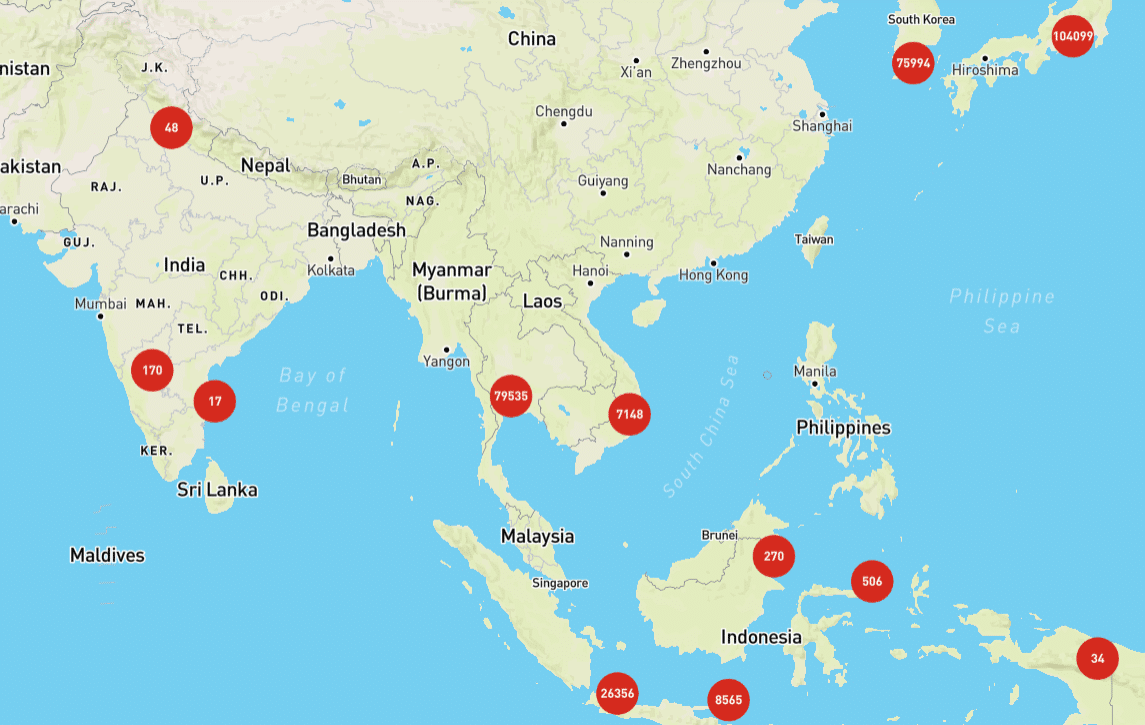
Even better, you’ll also get twelve 90-minute Wi-Fi sessions each on flights with a number of airlines.
Credit Card
Best Offer
Value
7,000 AIR MILES®†
$613
Apply Now
45,000 WestJet points†
$406
Apply Now
Up to 90,000 BMO Rewards points
$331
Apply Now
10% cash back
$260
Apply Now
30,000 MBNA Rewards points30,000 MBNA Rewards points†
$200
Apply Now
10% cash back
$100
Apply Now
Earn À la carte Rewards points
$0
Apply Now
2% cash back on all Canadian dollar purchases†
$0
Apply Now
1 Brim Rewards point per dollar spent
$0
Apply Now
Earn Flying Blue miles on daily spending
$0
Apply Now
Use Your Mobile Provider’s Roaming Plan
Of course, purchasing another SIM card can be a bit of a headache if you don’t speak the local language, or aren’t the most technologically savvy individual out there.
There’s also an argument to be made that convenience commands a premium of its own, and using Wi-Fi hotspots isn’t convenient for every single traveller on the go.
If that’s the case, then it might be alright to accept your carrier’s roaming fee.
The industry average appears to be about $15 per day across carriers who allow unlimited roaming, but these permit you the full usage of your device as if it were in Canada whilst overseas. However, this is in addition to the cost of your regular bill, unfortunately.

One of my pet peeves for these services is that they don’t always have a maximum cap on charges. You could theoretically run up $15 a day in roaming fees indefinitely, which is hardly ideal for a round-the-world bonanza. My recommendation is that if you must use this option, do so sparingly and for short-interval journeys only.
As an alternative to per-day roaming services, you can check out phone plans with roaming included. For example, Freedom Mobile offers a plan for $50 that includes all services – outgoing/incoming calls, texts, and 40GB mobile data – in both Canada and the US.
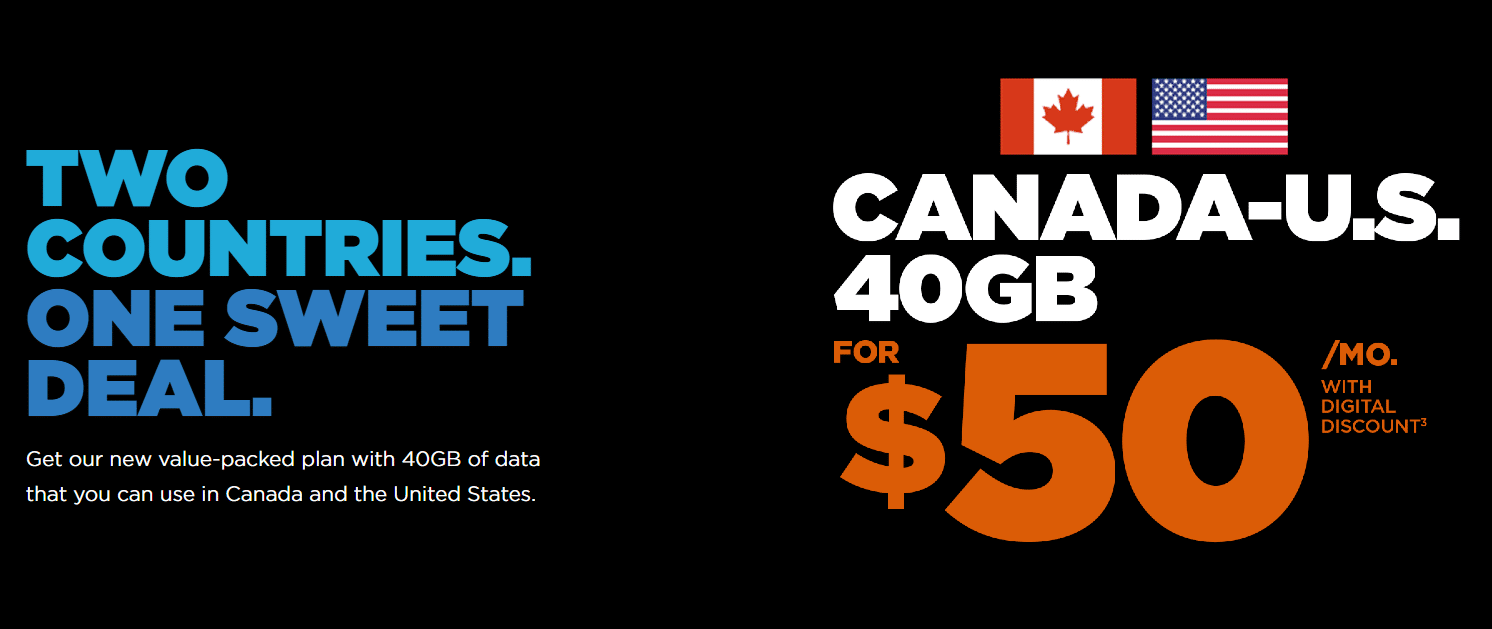
Google Fi
If the idea of collecting SIM cards like backpackers collect flags or paying your mobile provider an extra $15 a day don’t appeal to you, then I may just have the solution: a service called Google Fi.
Before we start, I want to advise you that Google Fi is listed as only being available to Americans. This means you’ll have to have, at a minimum: a US-issued credit card, a US address, an US-based Google account created with a US IP address, and a 5G-enabled smartphone that meets Google’s compatibility requirements.
Once you have these in hand, you can consider which Google Fi plan is best for your travel needs. Personally, I feel that the plan of $20 (USD) per month plus $10 (USD) per gigabyte of data is the most economical option available, though there are other ones with more comprehensive service for you to ponder as well.
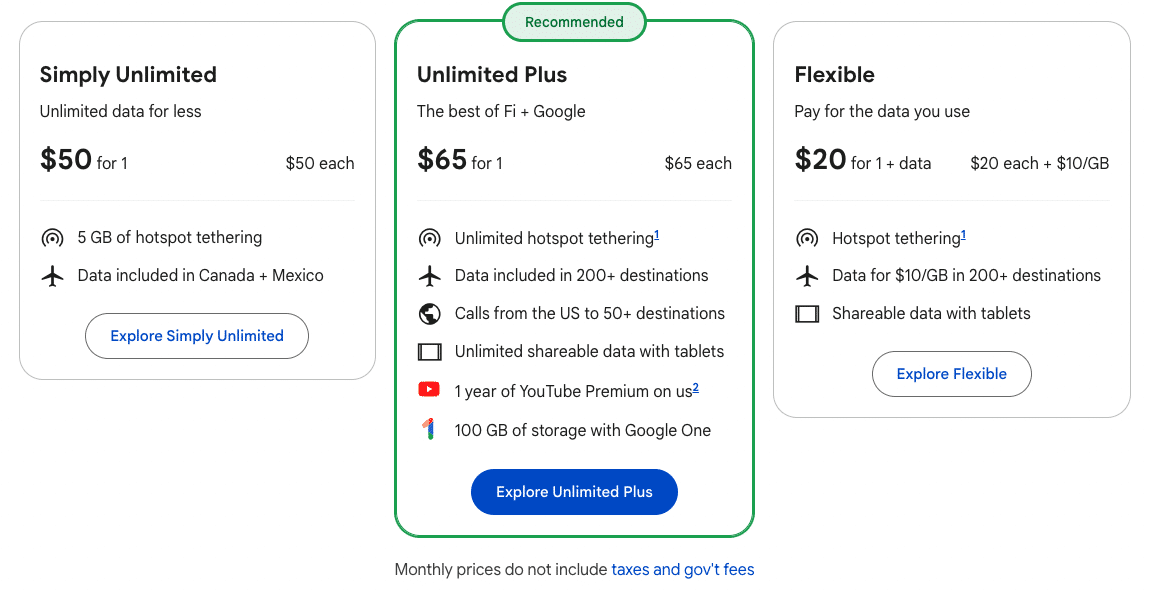
The best part is that on Google Fi’s Flexible Plan, you’re charged for a maximum of six gigabytes of data, or $60 (USD), per billing cycle, with data being unlimited and free past this point. Funnily enough, the “Unlimited” ones can often ding you for data!
Next, you’ll need to order a Google SIM card. And as a modern technology company, they offer you a few choices.
You can get an e-SIM card and start using your Google Fi account instantly, but not every phone is capable of this.
Alternatively, you can wait for your physical SIM card to arrive at your US address, and either pick it up and enable it during a trip, or arrange to get the chip shipped to you here in Canada.
The other key condition of activation is you need to connect to a US cell phone tower. You can accomplish this in the United States, or at areas close to the border, such as Niagara Falls and Buffalo.
Once your account is active, you can always pause your service via your Google account, which will suspend your payments (taken automatically via Google Pay) until you re-enable it. I’d recommend doing this whenever you’re not on a trip, in which case you’re billed at the regular monthly rate of your chosen plan.
For those of you with either e-SIM capabilities or a dual SIM port (which many modern cell phones, especially flagship models, possess), Google Fi allows you to always have your travel option built into your device – an ideal roaming solution for any traveller.
One word of warning, though: be cautious about using your Fi account too heavily within Canada, and definitely don’t switch to using it as your daily carrier, because this product is supposed to be for Americans only.
Too much foreign usage could seem suspicious, and there’s no point risking a potential account shutdown just so that you can avoid a Canadian telecom company.
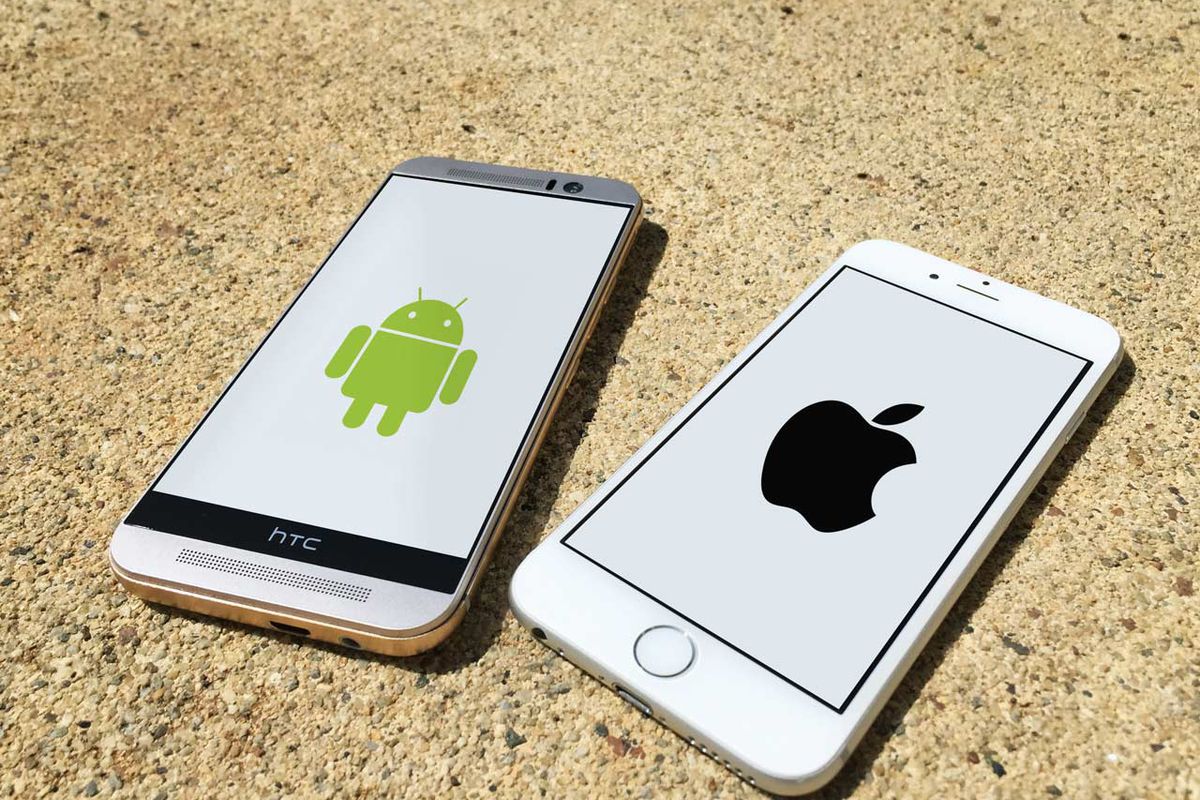
One final thing to consider: Google Fi is in beta development on Apple. Whilst I’m an Android fanboy, I know many Miles & Points enthusiasts are equally loyal to iOS.
Thus far, I haven’t heard any gripes from my US-domiciled Google Fi user friends who are Apple aficionados, but it’s something to consider.
e-Sim Services: Mix and Match
This last option is for a variety of service providers on the market, but will only work if you have a modern device with e-Sim capabilities. While the prices might not necessarily beat the local ones you find upon landing, these will give you the peace of mind of finding a mobile service provider before stepping onto the plane.
There’s also convenience to consider: with many e-SIM providers, you simply purchase the e-SIM and activate it according to the instructions of the issuer once you’ve reached your destination(s).
Options that I find interesting are those such as Airalo, which provides e-SIMs for given destinations at competitive rates. Take India, for example:
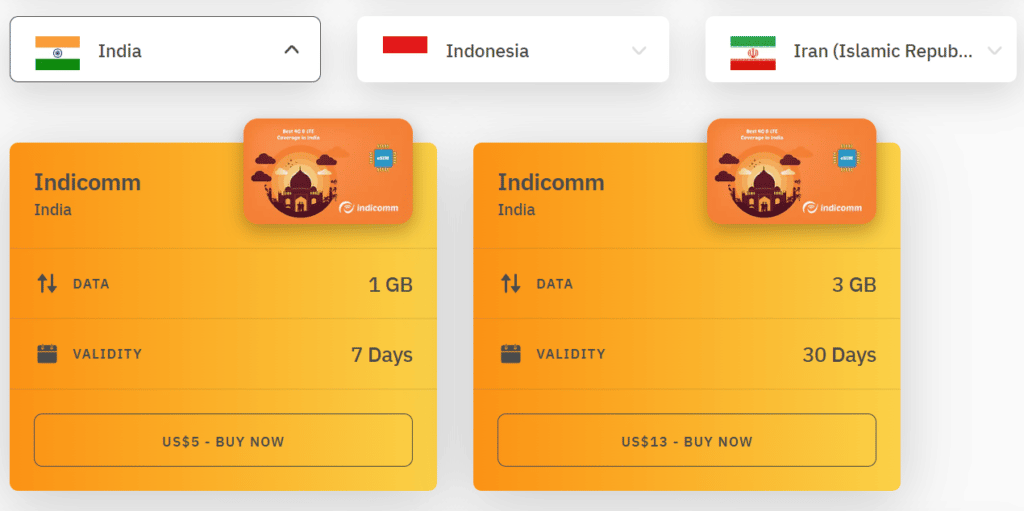
$13 (USD) for 3 GB and 30 days of data, which one can use with call/text apps for those capabilities, isn’t bad at all. Just be sure to compare the prices with other options that are available.
For example, take a look at the following prices for South Korea:
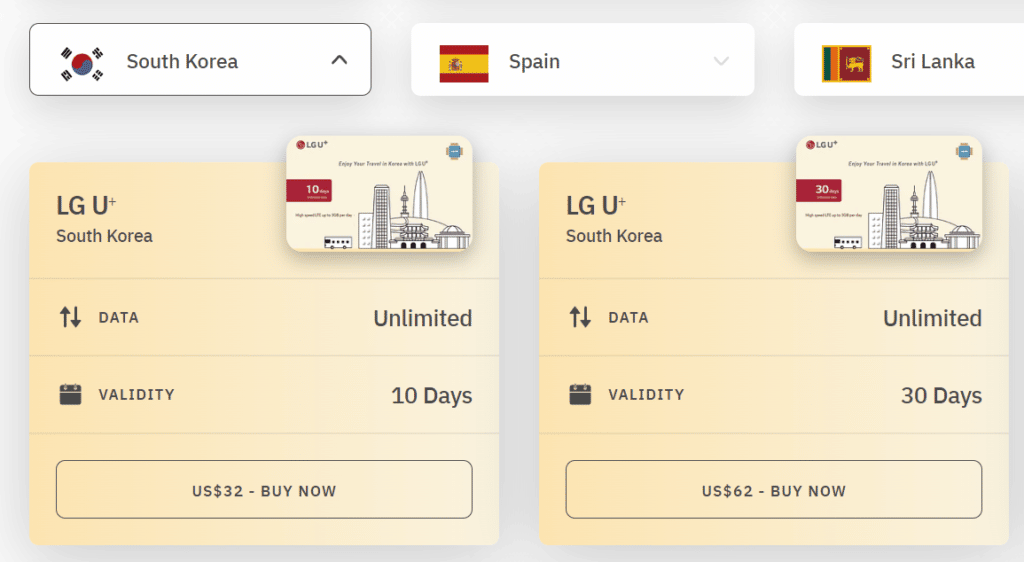
$32 (USD), admittedly with unlimited data, for 10 days seems a little steep, especially when compared to what might be available at the local market. At $62 (USD), the cost is more than just getting Google Fi or a local SIM, but admittedly much superior to using a roaming plan from home.
Fortunately, there are now plenty of options currently offered in the market, and you can use the eSIMDB website to compare different eSIM plans and providers per country.
For South Korea, eSIMDB displays the following non-unlimited plans as having the best price per gigabyte:
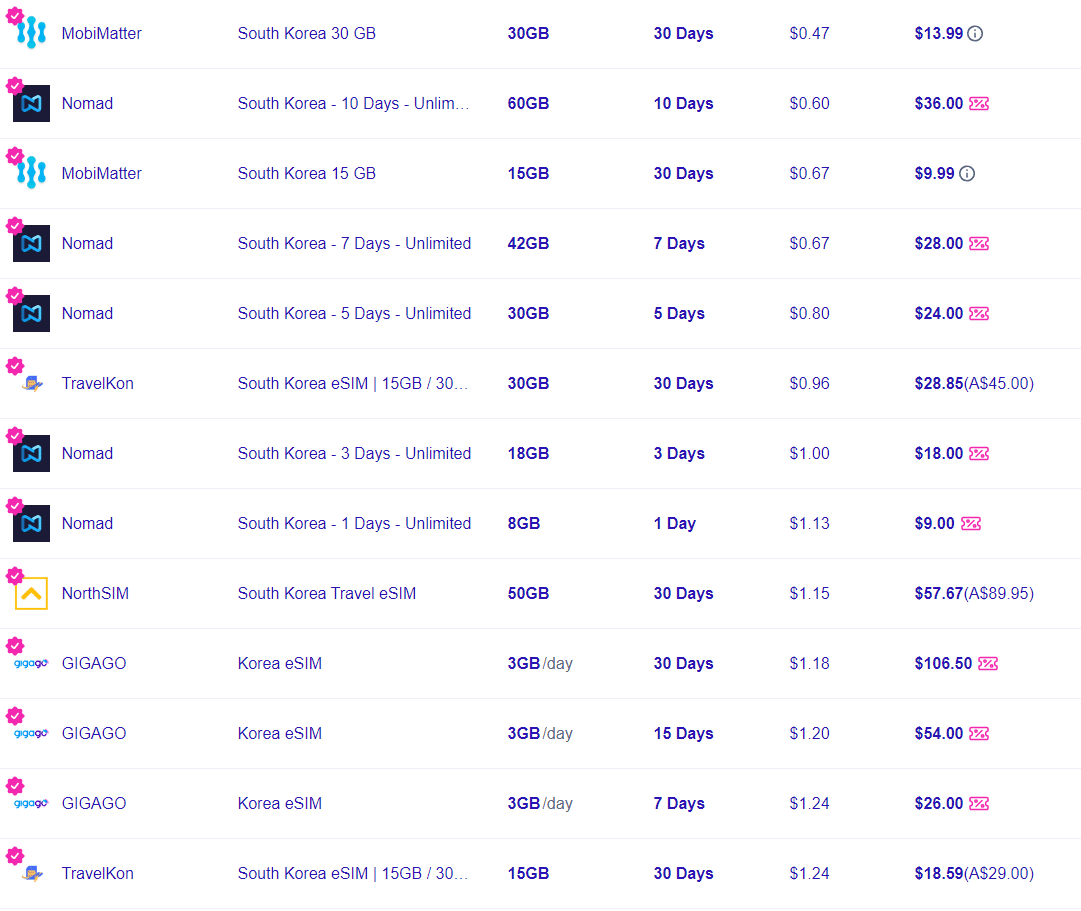
Aside from Airalo, you can also use one of its biggest competitors, Flexiroam, which provides holders of select Mastercards up to 3GB of global data for free until December 31, 2023. Based on feedback from the community, qualifying Canadian cards are those issued by Canadian Tire Financial Services.
To make sure if your Mastercard qualifies, download the Flexiroam app, and enter your card number on the promotion page.
Always keep in mind that only a handful of e-SIM products are enabled for calls and texts, so if that’s important to you, consider it in your decisionmaking.
Conclusion
In a digitized world, keeping in touch has become more important now more than ever before.
That’s why cell phone service can be such a concern for any would-be globetrotter, and it can turn into an unexpected expense if not properly accounted for ahead of catching your flight.
I hope that some of you will get to use a local SIM at a fraction of a price, or jump through the hoops of joining our cousins to the south in using Google Fi.
And if both of those solutions sound even less appealing than using public Wi-Fi, why not just turn on your carrier’s roaming plan for the convenience factor?
Until next time, roam cheaply.






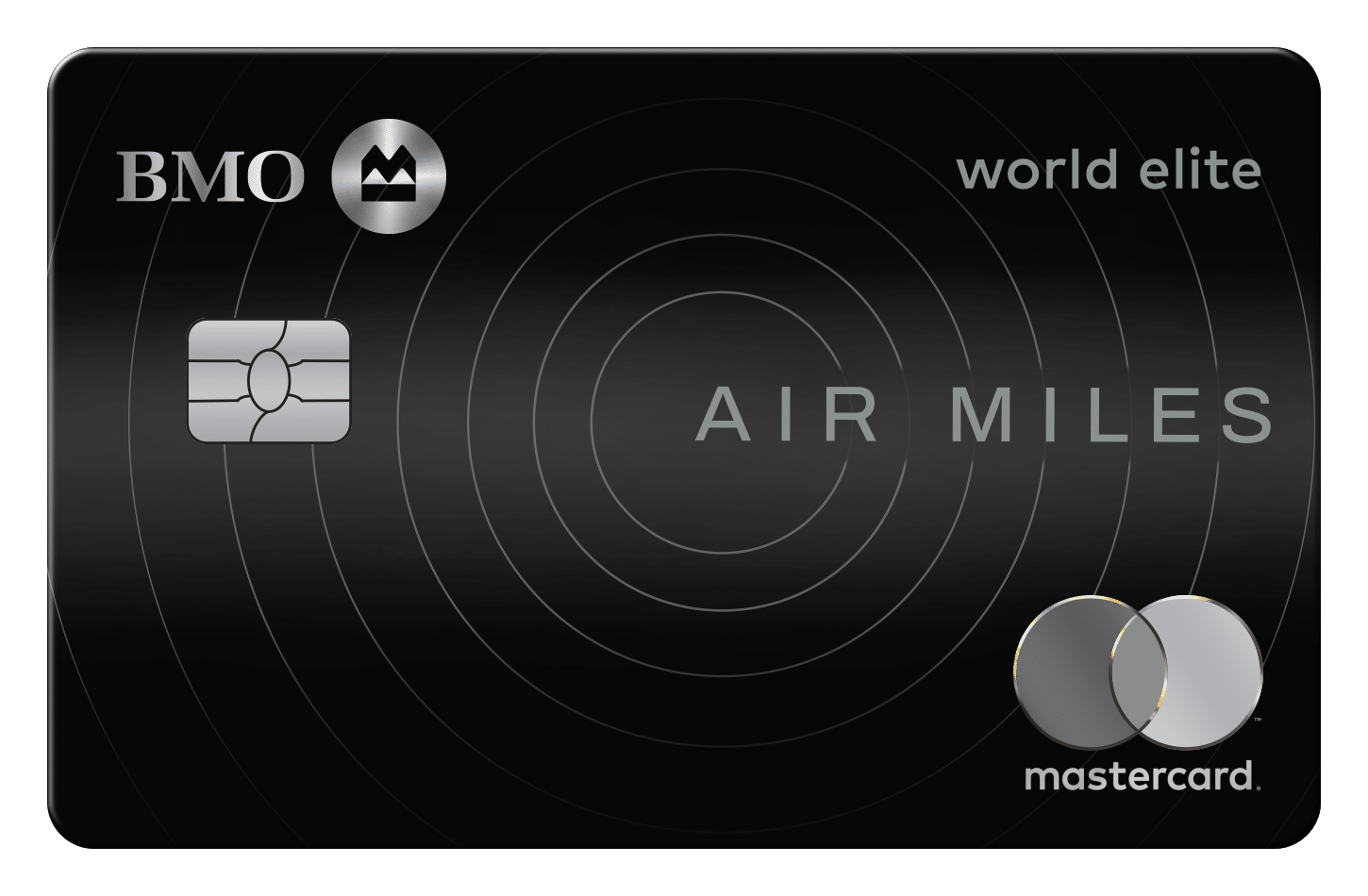
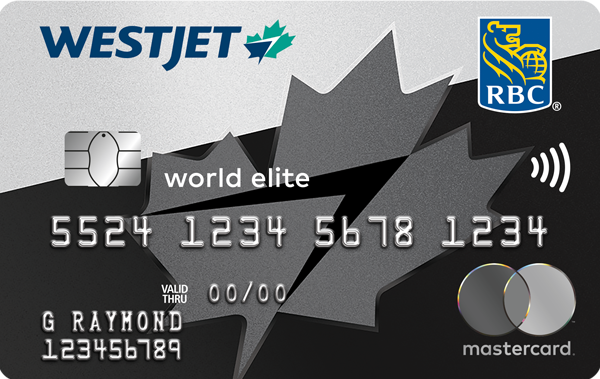
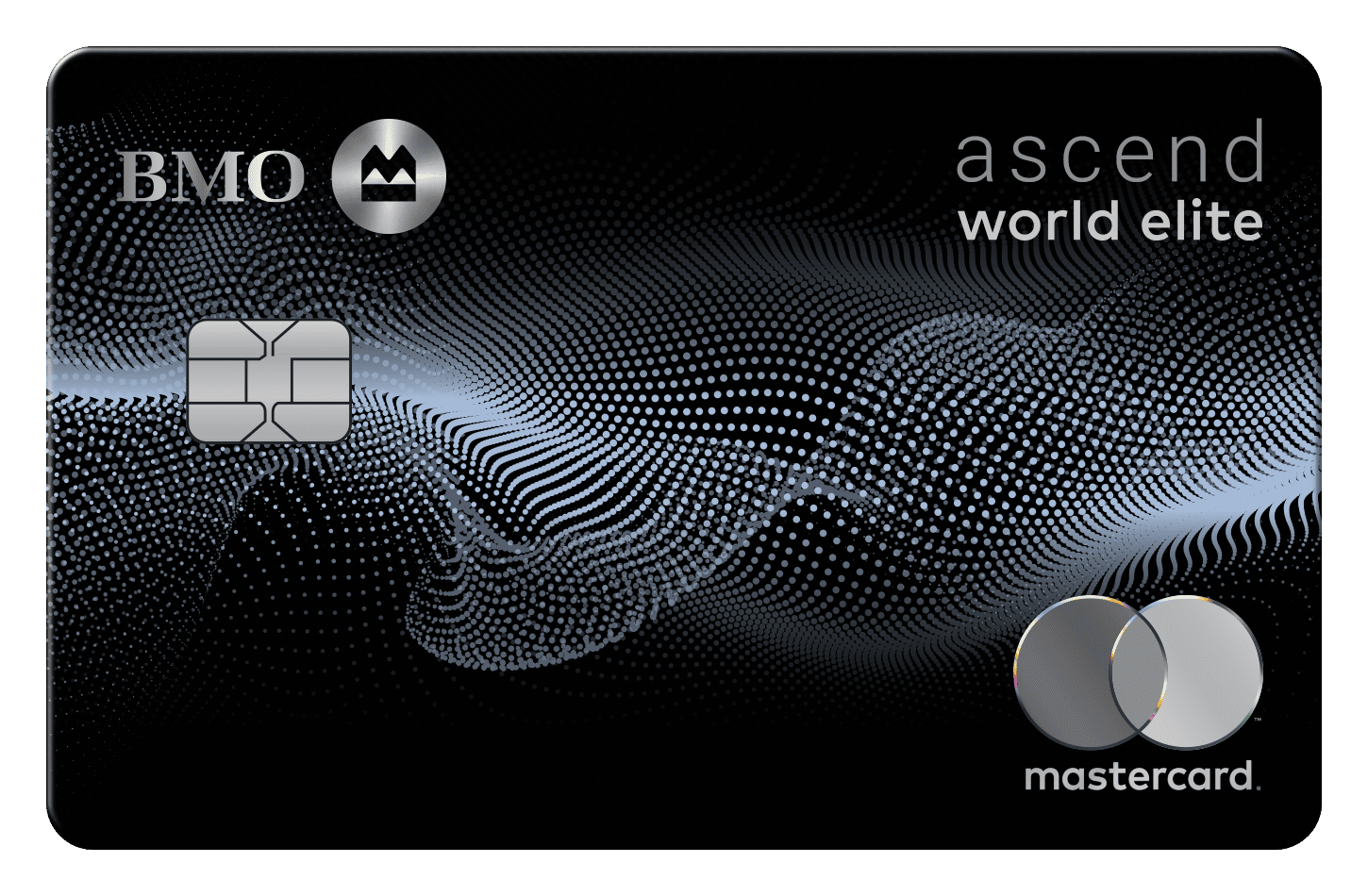
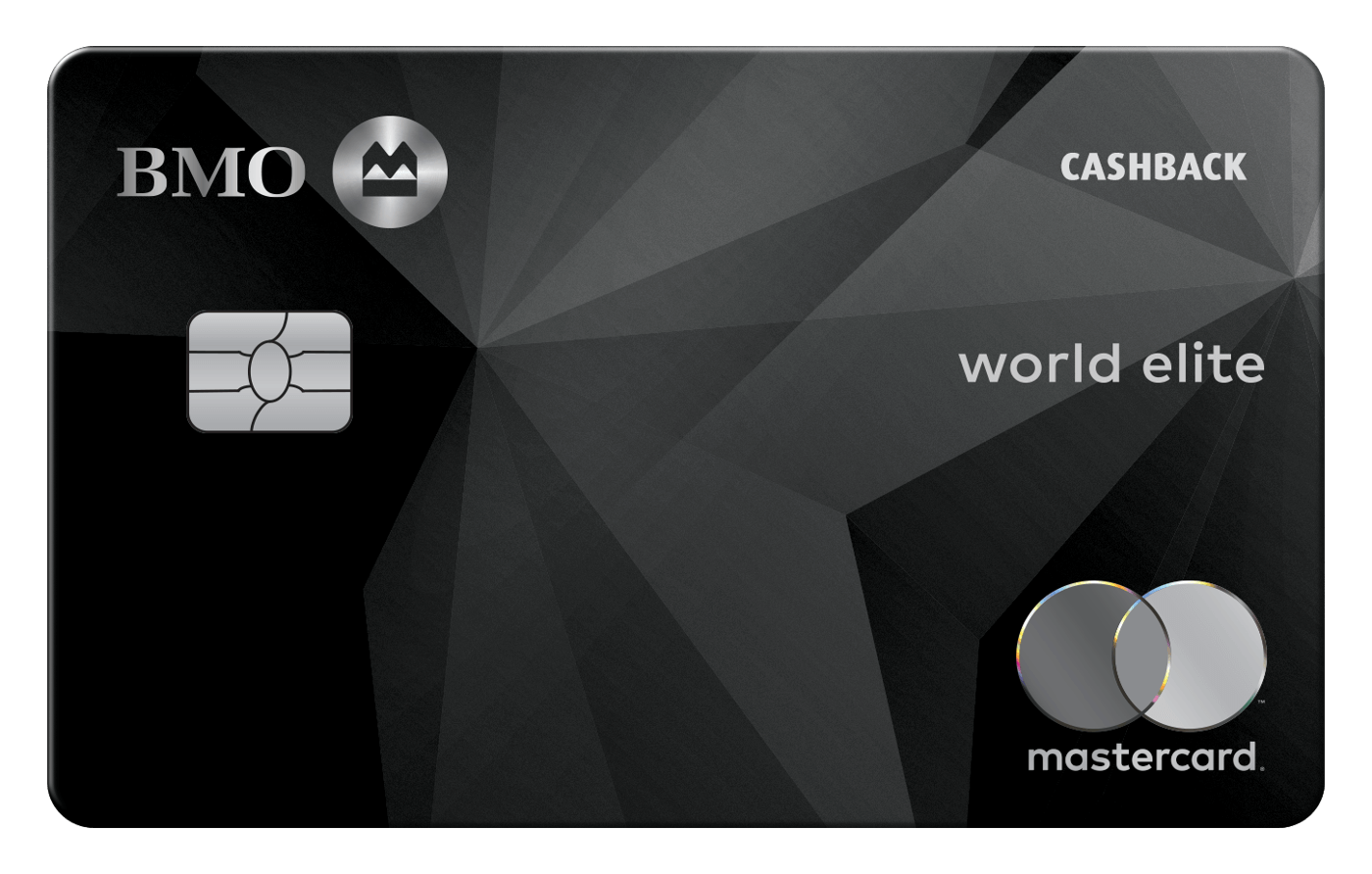
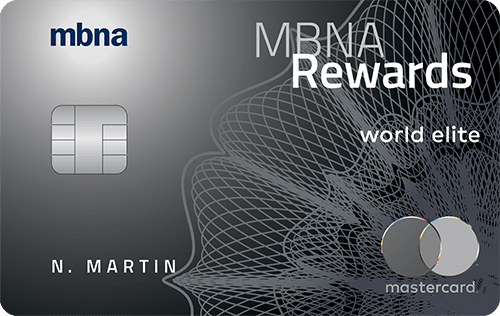
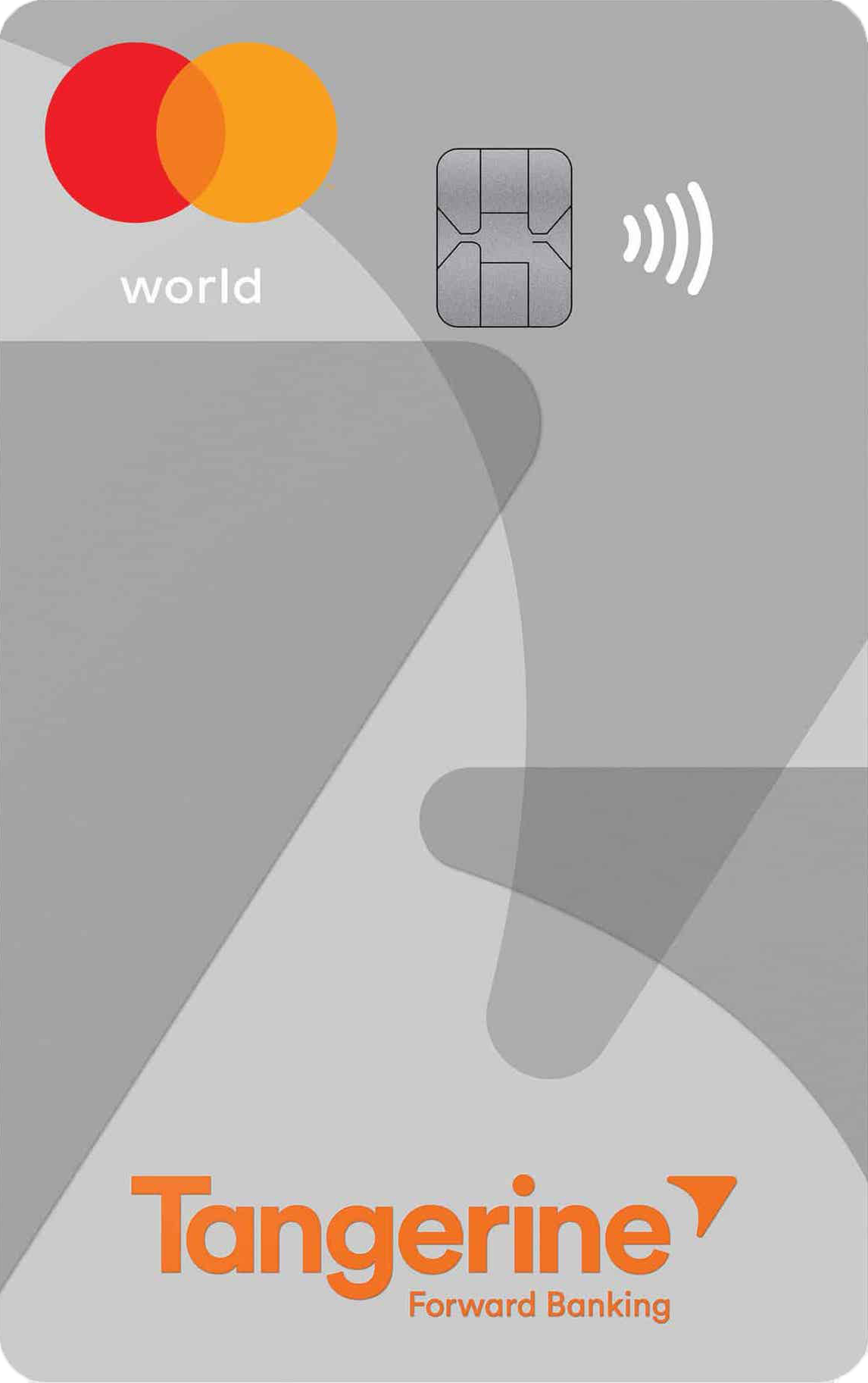
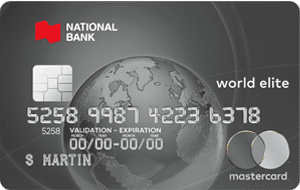
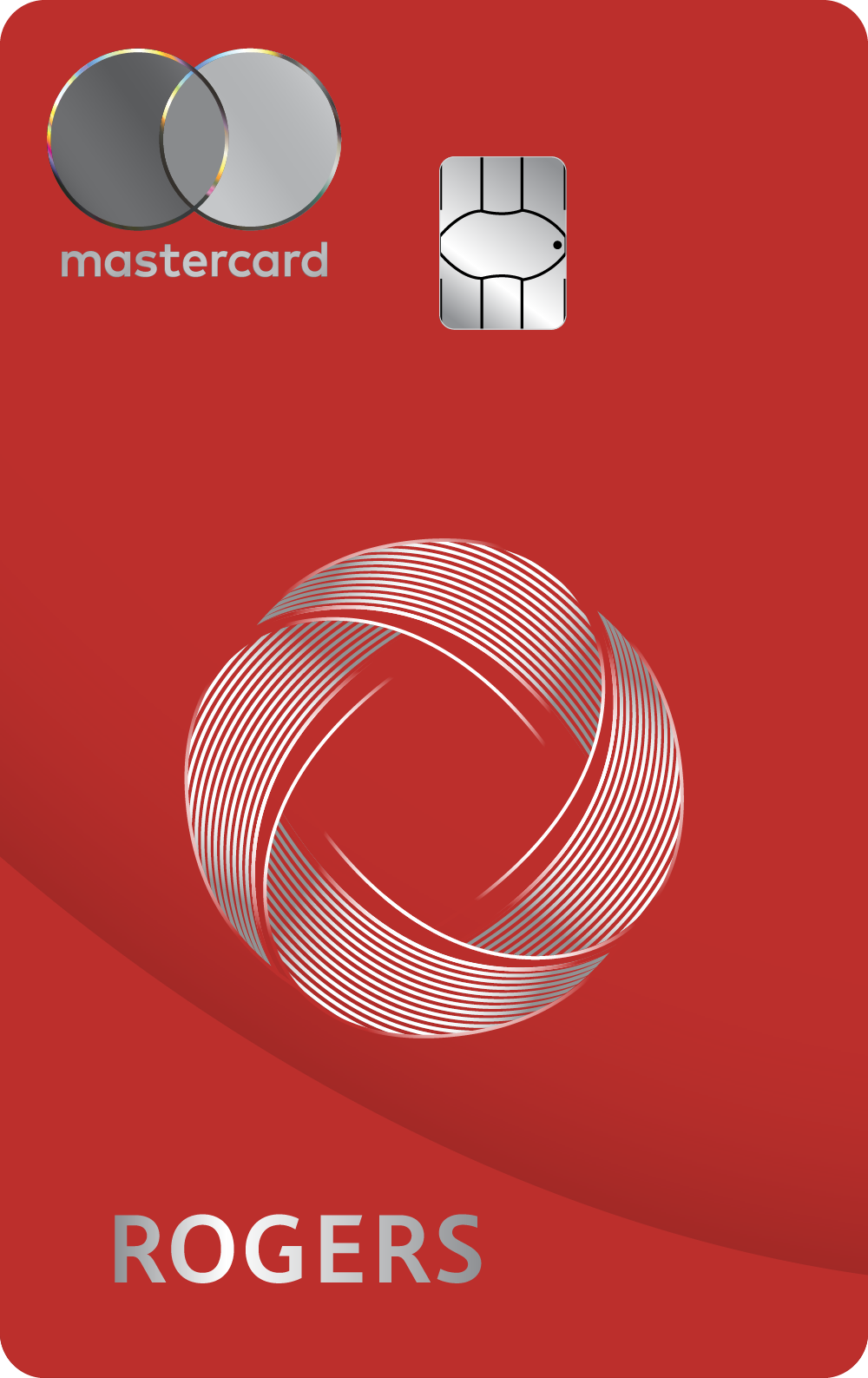
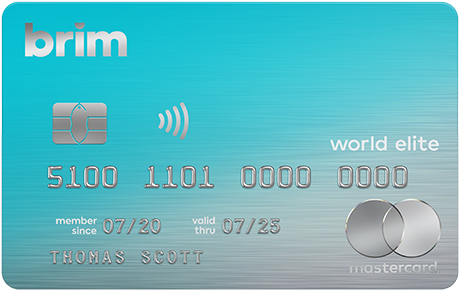
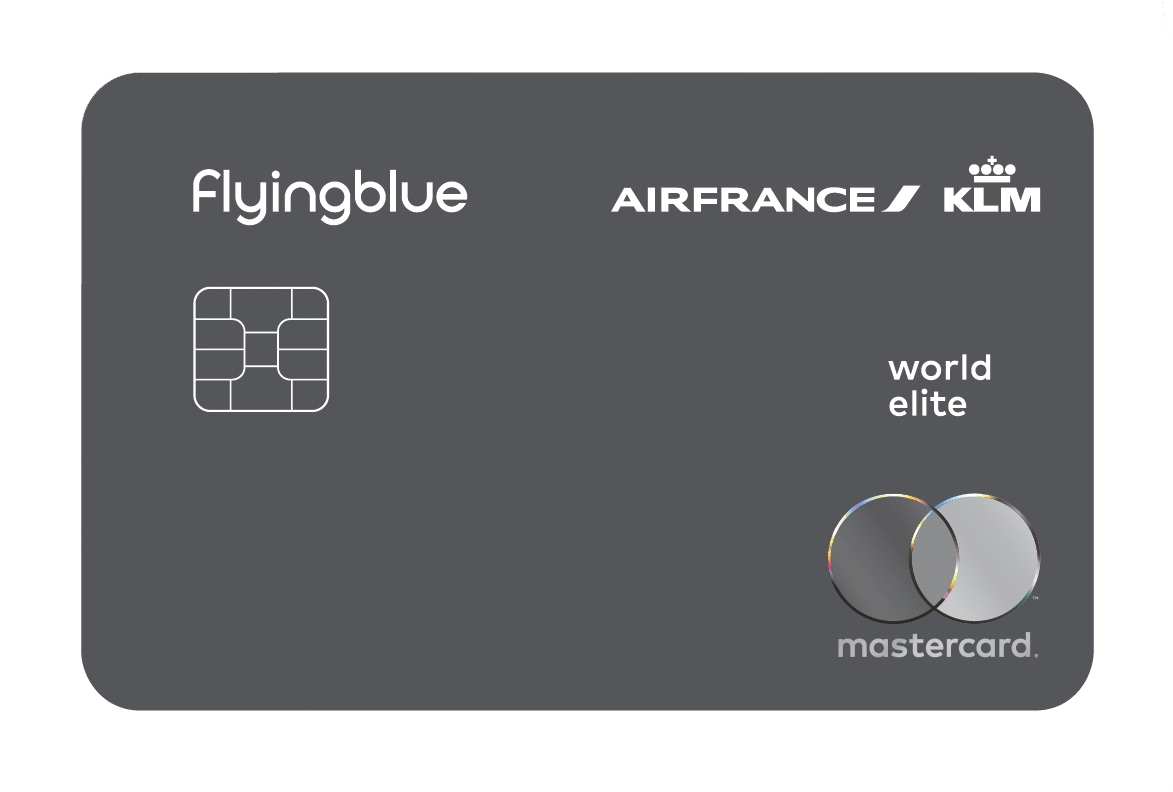












This article is kind of useless for 2023 October info. Global Esims should be at the top! 40CAD for 365day worldwide data plan with 13gb base, sign me up!
Would you mind sharing more info on this? I couldn’t find anything that cheap.
I had deja vu when I read this. It appears, based on year-old comments that this is a repost. If you insist on reposting, please advise. Better still, indicate what has been updated.
I want to add a cautionary point about Fi; after living and using it in the US for 6 months, I returned to Canada with only about a weekend per month in the states and my data was cut off after about 3 months.
Just a note – Airalo usually does not include talk and text, the prices are only for data. Not something I have to worry about, as nobody really calls me and I can always call using WhatsApp or Skype (or use Rogers Wi-fi calling). I used their Global plan as I had trips to Brazil, Switzerland and Netherlands all in one month. Also use it for trips to the US – it does not work on the first kilometers right after you cross the Lewiston-Queenston Bridget (go figure), but works fine after that.
Excellent information. A friend and I have been using Pocket WIFI it works great for us. Used it in Japan, Portugal, United Kingdom. We keep our phones on airplane mode and connect to Pocket WIFI. After reading comments here I might be changing to a new service.
We are USA and use Tmobile for our local carrier. For $30/month we get unlimited text and calling in Canada, USA and Mexico and NO charge data worldwide (automatically on landing) around the world—data is slow but no problem for google maps, whats app, email, skype, light web surfing etc. when out and about. We use wifi at our airbnb. With Skype we add $5 for a trip (normally two months or so) and can call locally for pennies. We can call back to USA and I think Canada for free. This covers pretty much everything cheaply and easy to use. Might need to activate Tmobile in USA similar to Google Fi? Don’t know of any limits on Canadian calling with our Tmobile plan. Just FYI as not mentioned above. Don’t know of any other cell providers that offer free worldwide data.
Here is an unbelievable bargain… I have used it for several months. I live in both Vancouver and Puerto Vallarta. Shaw Unlimited + US and Mexico. $35/month/You read that correctly. No one seems to know about it. 25GB, 2GB US+Mexico.
Wife and I have been using Fongo VOIP for 5 years of travel. Before we left Canada we ported our numbers from Koodo to Fongo. Very easy process and very cheap. This way our cell phones have a local number with local SIM and still allow us to use our Canadian numbers for calls and texting as though we are in Canada.
https://www.fongo.com/services/fongo-mobile/
If you like the eSim provider you used abroad, look to see if they have a global plan. My provides a 6 month plan for a good rate. The extra benefit is that since it’s global , it can also be used here at home.
Flexiroam.com – They often offer cheap, last minute, plans. You can get a varieity of plans for a specific country or Global plans.
Google Fi did not ship to the old 24/7 Parcel addresses. Had to get an Amerifriend to get it for me. Just something to keep in mind as Google Fi has a tendency to silently not ship SIM cards to addresses it doesn’t like, CMRA or not.
Hello
I recently used ilocalMe eSIM for my trip to Mexico, they offer eSIM to more than 190 destinations at good prices, they have good customer service and I made the purchase on their website ilocalme.co
I use google fi, when in the USA, or traveling overseas. It is a pleasure to walk off the plane and have access immediately instead of hunting down SIM cards. American Express Hilton card has an offer out on Fi plans, spend $50, get $25 back, up to 3 times. That promo ends in September. You can just pre load your account in $50 chunks to get it.
No issues with using Google Fi predominantly in Canada. It’s been my primary line for 2 years with 95% usage in Canada. Concerns seem to be rooted with some carriers fine print – TMo still has language that disallows primary outside US. ATT has updated their terms and no longer penalizes usage outside of US. Currently running ATT prepaid $35/15gb Walmart plan as for data in Canada on dual-SIM with Google Fi loaded for travel
Google Fi primarily triggers the US residency clause in countries when you’re in a country that incurs higher than typical roaming charges for Google. It is not just a pointless ToS clause, it is indeed enforced.
I’m not sure Google Fi actually requires a “5G-enabled” phone. It didn’t require it when I activated mine.
Interesting side note, my Amex Bonvoy Brilliant Card actually has an Amex Offer for a statement credit on spend with a Google Fi account
The only option missing here is eSIMs, available for newer phones, that you can set up and install before you leave. I used one on a recent trip to Central America, and it was the best option of all.
Look at Knowroaming.